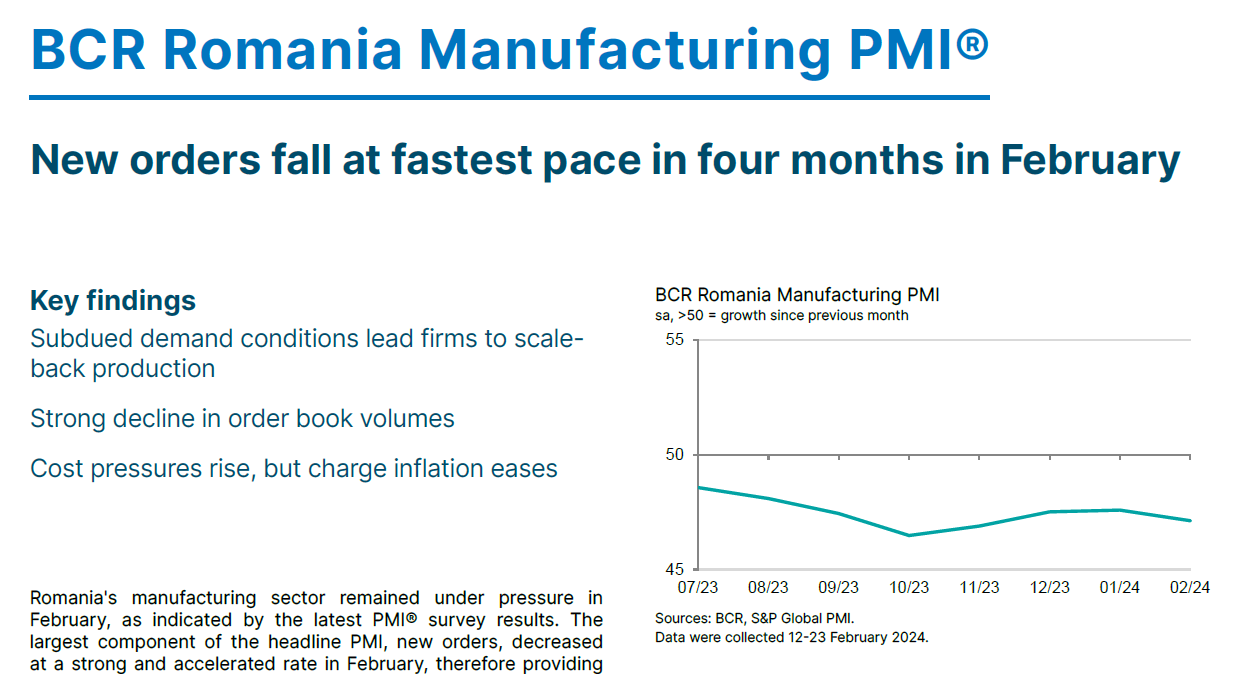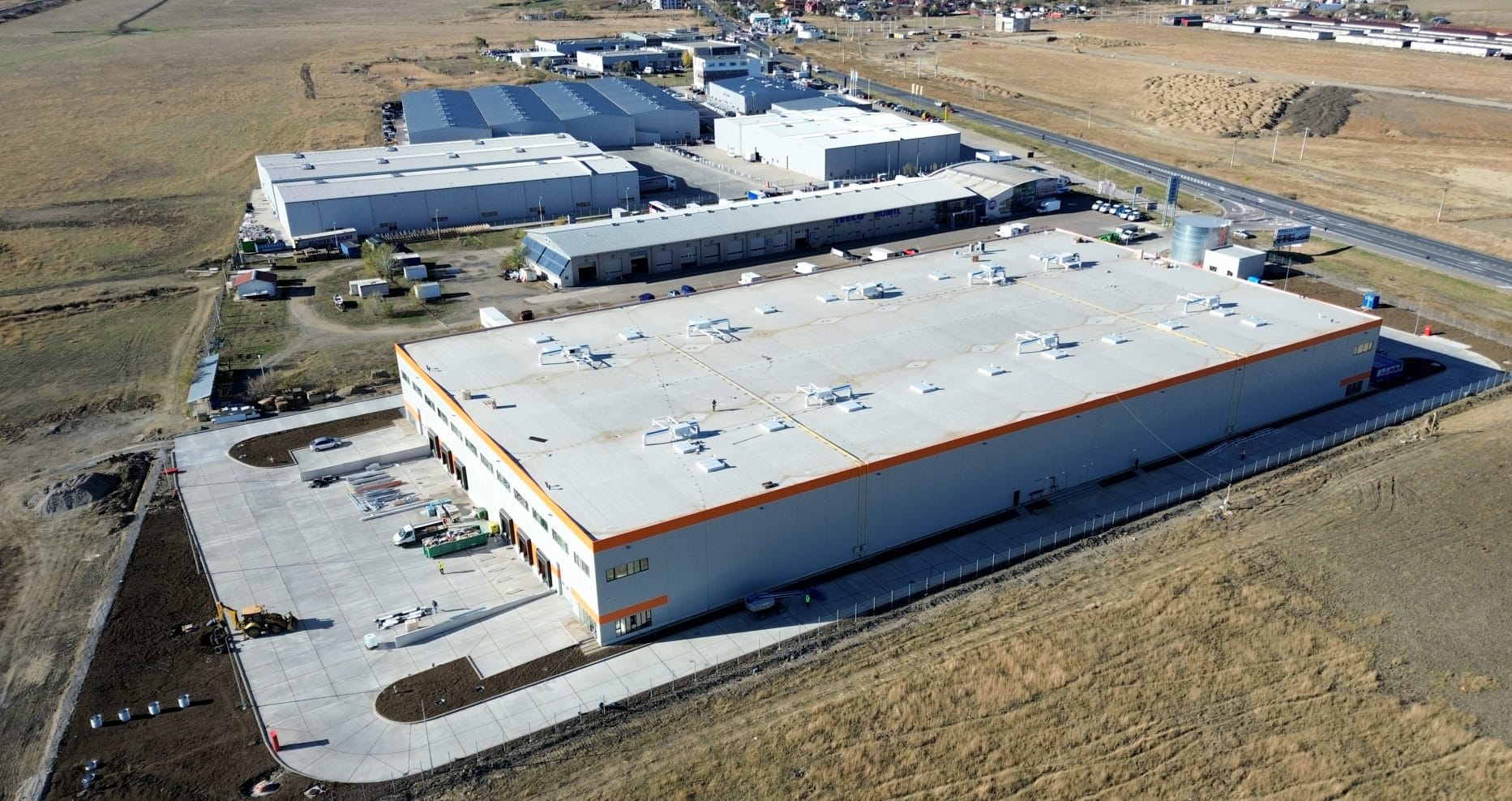The city of Iași needs office buildings of minimum 2.000 square meters per level and a surface to rent of minimum 10.000 square meters each, with generous parking spaces, well connected to public transportation and to bicycle lanes, all projected, ideally, from the beginning to uphold the international or national standards for green buildings (LEED, BREEAM, DGNB, GREEN HOMES, etc.).
“The development of this real estate segment could be encouraged through the implementation of some economical incentives in the form of support measures similar with ones already implemented in other cities (e.g. Cluj-Napoca, Timișoara), however highly improved with the help of The Romania Green Buildings Council(RoGBC), represented in Iași, since the beginning of the year, by the Moldavian RoGBC branch,” states Elena Rastei, RoGBC Director (www.rogbc.org)
Already in the metropolitan area of the city there are buildings that are certified or pending certification as green buildings, in the segment of offices (2, Moldova Business Center, UBC1), as well as in the retail segment (Iulius Mall, Palas) and the residential one (Lake District).
In the case of these buildings, the holistic approach, that considers the life cycle on all levels, is essential for the contemporary definition of a green building.
Ideally, this kind of building is developed using integrated design (the involvement of all stakeholders) already at the concept phase. The materials are regional, non-toxic and durable, and the spaces are multifunctional, easily adaptable and naturally lighted. Moreover, the building is energetically efficient and uses renewable energy sources.
As for the developer/owner of the edifice, some the main benefits gained from building or renovating using sustainable principles include:
- Green buildings are a hot topic; sustainability is already a critical field in the real estate business
- The have a very good quality/cost ratio
- They sell out/rent very quickly
- They have a higher occupancy rate than conventional buildings
- The selling price/rents are higher – the perceived value is higher for green buildings
- The investment risks are lower or comparable to conventional buildings
- Green buildings have reduced operational costs, when compared to conventional buildings
In addition, the final user profits from a superior quality of the indoor environment, natural lighting, minimum emissions of organic, volatile compounds released in the rooms, high thermal comfort, health and productivity – the benefits in productivity of the employees exceed up to 10 times the energy savings derived from renting a green building and, of course, result in lower exploitation costs.
In conclusion, the main benefits consist of lower maintenance costs, up to 30% compared to a standard office building, an excellent quality/cost ratio, as well as increased productivity for the tennants. Also, some companies apply for volunteer certicates for achieving the CSR objectives. The companies generally associate these volunteer certificates with performance, a healthier indoor environment, an increased productivity and, obviously, with reduced operational costs compared to a standard office building (utilities, service fees).
Translation by Cristiana Grigoriu






